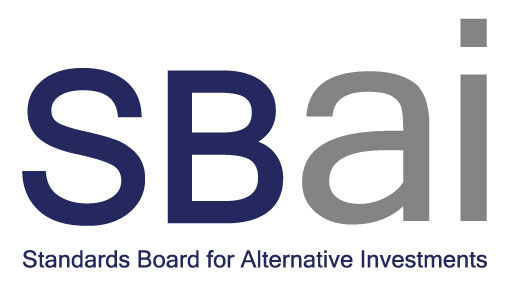Diversity in Asset Management - Looking Beyond the Metrics
In essence, what we need in the alternative investment industry is diversity of thought. We use factors such as race, ethnicity, gender, socio-economic status and more as a proxy for this, but it’s important to remember this is not the type of game where you collect one of each card and win.
The range of demographics represented in a firm is only one part of the puzzle and is often a lagging indicator. Smaller asset managers in particular face unique challenges when being assessed this way – the relatively small size of investment teams mean one hire or departure can significantly distort metrics and increasing diversity needs to be balanced against allocator preferences for stable investment teams.
This does not mean smaller managers do not need to consider culture and diversity. Much of the guidance available is admittedly aimed at larger asset managers with a heavy reliance on employee affinity or resource groups, committees and events, but there are plenty of opportunities and even advantages for smaller firms.
At the SBAI, our Culture and Diversity Working Group focuses on providing practical solutions for firms. Our Toolbox Memo “Beyond the Metrics – Demonstrating and Assessing Diversity in Smaller Asset Managers” focuses on the opportunities for smaller managers and provides allocators with an alternative framework for assessment. It also contains many practical tips for smaller managers to implement.
Opportunities for Smaller Asset Managers
Leveraging Personal Impact
The impact of day-to-day actions reverberate easily through smaller organisations. People pay attention to what they see more than what policies and procedures say. Setting the right example is even more critical and impactful for leaders at smaller firms.
Enhanced Opportunities
Hierarchies and role descriptions within smaller firms are typically broader than in larger organisations. All opportunities in these firms, including admin or project-based roles, are likely to offer more exposure to the industry than similar roles in larger organisations. Offering these roles to individuals from different backgrounds can increase the opportunities for diverse candidates.
Extending the Concept of a Firm
Smaller firms typically use outsourced services to a greater extent than larger firms. Extending diversity policies to service providers such as fund directors, administrators, and law firms can help diversity in the industry more broadly. It may also provide critical development and career advancement opportunities to non-traditional hires at these service providers.
Industry Initiatives and External Resources
Keeping up with best practices can be difficult for firms that cannot dedicate specific resources or have limited HR functions. External resources may be required. In addition, smaller firms can increase their impact on diversity within the industry by supporting external industry initiatives.
Allocator Assessments
Quantitative metrics on the surface provide comparability between different asset managers, but these can disadvantage smaller firms. Metrics may increase the chance of individuals being identifiable and one hire or departure can significantly skew these metrics. Allocators should make use of comparable qualitative questions to get an accurate picture.
For more details on this topic and examples of practical solutions, check out the Toolbox Memo “Beyond the Metrics – Demonstrating and Assessing Diversity in Smaller Managers”. You can also find additional guidance and podcasts in our Culture and Diversity Toolbox.






